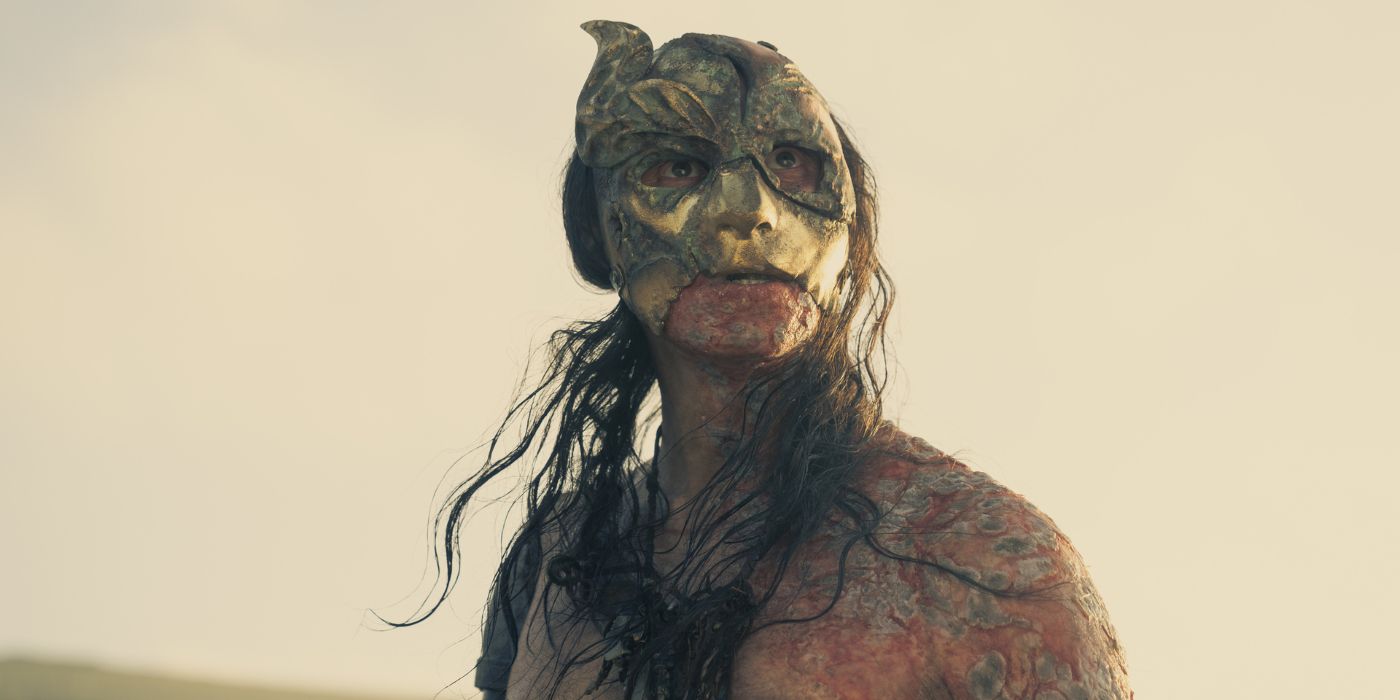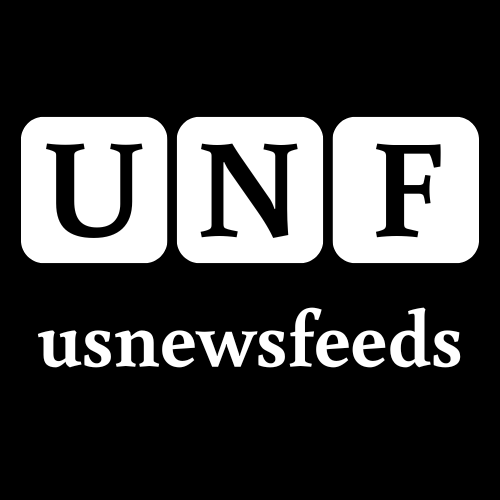Editor’s word: The beneath accommodates spoilers for Home of the Dragon Season 2.
The Massive Image
- The dragonkeepers in
Home of the Dragon
resist dragon warfare, highlighting the implications of attempting to regulate highly effective dragons. - Occasions have proven that Targaryen struggles with dragon management result in catastrophic penalties in Westeros.
-
Home of the Dragon
Season 2 explores the price of utilizing dragons in battle, exposing the hazards of exploiting these highly effective creatures.
No dragons have been harmed within the making of this week’s House of the Dragon. The identical, sadly, can’t be stated of the smallfolk. After weeks of teasing new riders for Home Targaryen’s unclaimed mounts on Dragonstone, the most recent installment of Ryan Condal‘s spin-off sequence reminds audiences of the fiery worth of attempting to tame certainly one of House of the Dragon‘s daunting war machines, exposing Rhaenyra’s (Emma D’Arcy) dragonseeds to Vermithor’s rampage in a visually beautiful show of fireplace and fangs. The bloodbath is the most dramatic moment in Season 2, Episode 7, showcasing the Bronze Fury’s uncooked energy in an exhilarating show of power, however earlier than the dragon may even try to be tamed, Home of the Dragon shines an unlikely highlight on the sequence’ resident animal management unit, the dragonkeepers.
Home Targaryen’s monastic order of scaly specialists takes problem with Rhaenyra’s plans in House of the Dragon‘s latest episode, “The Red Sowing.” Having witnessed firsthand that Addam of Hull (Clinton Liberty) is able to driving Seasmoke, Rhaenyra employs Mysaria’s (Sonoya Mizuno) spy community in King’s Touchdown to collect lowborn bastards of Home Targaryen to her ancestral seat. Nonetheless, earlier than Rhaenyra may even tackle the scraggly, white-haired crowd who solutions her summons, a senior member of the dragonkeepers overtly defies the Black Queen’s plans. Insisting that dragons are sacred and never playthings for the wars of males, the dragonkeepers truly abandon their posts slightly than watch Rhaenyra feed one other group of Andals to the final vestiges of Valyrian magic in Westeros. Whereas this walkout is a little bit anticlimactic for followers who simply need House of the Dragon to embrace its firepower, the Game of Thrones universe has justified the dragonkeepers’ argument time and time once more.
The Dragonkeepers’ Grievance Echoes Viserys’ Issues in ‘Home of the Dragon’ Season 1
If the Dragonkeepers’ argument sounds acquainted, that’s as a result of Viserys (Paddy Considine) voiced comparable issues in regards to the unpredictability of dragons again in House of the Dragon Season 1. Summoning Rhaenyra (Milly Alcock) within the sequence’ very first episode, Viserys voices his true opinions of Home Targaryen’s superpower in preparation for saying his daughter as his true inheritor. Not solely does Viserys dismiss the parable that Targaryens can management their mounts as an phantasm, however he additionally reveals his perception that Previous Valyria’s manipulation of the dragons’ energy is what introduced the nice civilization its Doom within the first place. Viserys ends his speech by warning Rhaenyra that dragons will do the identical to Westeros if a sensible Targaryen would not sit the Iron Throne, a word of warning sadly validated by the darkest moments of House of the Dragon Season 1.
Simply as Viserys warned, your complete battle between Rhaenyra’s Blacks and the Hightower Greens solely escalates due to Prince Aemond’s (Ewan Mitchell) inability to control Vhagar in Home of the Dragon Season 1. Admitting in Season 2, Episode 2 that he regrets having killed his nephew, Lucerys (Elliot Grihault), Aemond’s choice to chase Luke simply off the coast of Storm’s Finish ends in Vhagar eagerly devouring the inheritor to Driftmark and his dragon, Arrax. Nonetheless, as Arrax’s personal unprompted assault on Vhagar demonstrates throughout the identical struggle, it is each riders’ lack of ability to regulate their mounts that in the end seals the destiny of Westeros. Aemond’s pleas for Vhagar to cease underscore how Aemond’s vendetta in House of the Dragon induced the scenario to spiral uncontrolled, proving Viserys’ level about how doom can befall a complete realm due to the careless actions of the mistaken Targaryen with a willful, overpowered dragon.
Westerosi Historical past Proves Dragons Are Not Slaves within the Recreation of Thrones Universe
The futility of attempting to regulate Recreation of Thrones’ strongest creatures is on even better show within the predecessor to Condal’s sequence. Whereas House of the Dragon‘s dragons exist at a time when Targaryens maintain sufficient affect in Westeros to control their habits in locations just like the Dragonmont and King’s Touchdown’s Dragonpit, Daenerys Targaryen’s (Emilia Clarke) fire-breathing youngsters illustrate simply how troublesome and harmful it may be to maintain the final remnants of Valyrian magic as pets. Not solely does the sequence reveal the hazard of giving emotionally strained monarchs superweapons by depicting Daenerys’ controversial burning of King’s Touchdown in Game of Thrones Season 8, however the present additionally doubles down on the generally devastating price of the dragons’ unbridled spirit.
As Daenerys explains to the slave masters of Astapor when she pretends to surrender Drogon in alternate for the Unsullied in Recreation of Thrones Season 3, a dragon just isn’t a slave, and due to this fact it may by no means be sure in chains. This characterization of dragons as creatures who’re nearly totally self-possessed continues all through the sequence, with the creatures’ erratic actions throughout Game of Thrones’ most dramatic moments typically spreading demise and confusion. Even the mom of dragons cannot cease her dragons from burning a shepherd’s harmless daughter in Meereen, and Drogon’s rescue of Daenerys from Meereen’s combating pits in Season 5 likewise leaves her contending with a contemporary horde of Dothraki who makes an attempt to steal her energy in Season 6. Regardless of Daenerys turning the scenario to her benefit, the expertise additional proves that even the Targaryens most closely connected to their dragons can by no means absolutely dictate the creatures’ wills.

Associated
Explaining the Triarchy of Essos in ‘House of the Dragon’
Why does the delivery route often called the Triarchy imply a lot to ‘Home of the Dragon’?
The Purple Sowing Foreshadows Uncontrollable Dragons in ‘Home of the Dragon’ Season 2
In comparison with Daenerys’ troubles, Rhaenyra’s personal scenario in House of the Dragon Season 2 feels much more precarious. On the top of the Targaryens’ skill to supposedly management their dragons, the Black Queen has been struggling greater than ever with the creatures’ unpredictability. At nearly each flip on this newest batch of episodes, Rhaenyra has both been taken without warning by her dragons’ actions or pressured others to pay the value for the creatures’ capricious appetites. This week’s Purple Sowing is the clearest instance of the latter class, as numerous smallfolk have been burned alive due to Rhaenyra’s hope that one would have the ability to declare Vermithor, however she was additionally bowled over by Seasmoke’s admittedly hilarious claiming of Addam, validating the dragonkeepers’ argument that dragons should not instruments to be dictated by even probably the most pure-blooded dragonlords.
As a testomony to dragons’ unpredictability, Ulf the White’s (Tom Bennett) personal claiming of Silverwing is decidedly much less anxious, with Queen Alysanne’s previous mount playfully accepting the primary particular person to stroll into her den as a substitute of immediately barbecuing her customer. Nonetheless, with House of the Dragon Season 2, Episode 7’s closing shot of Rhaenyra’s new grownup dragons gathered round Dragonstone, the episode additionally foreshadows the deployment of her latest weapons in Westeros’s civil battle, setting the stage for a brand new wave of horrors to be unleashed on innocents and dragons alike. As a result of, as House of the Dragon‘s Battle at Rook’s Rest demonstrates, it is not solely individuals who endure when dragons are used to battle. The accidents sustained by Meleys and Sunfyre are heartbreaking to observe, with Recreation of Thrones‘ brutal killing of Rhaegal by way of scorpion bolt additionally providing a glimpse at the actual ache skilled by Westeros’s seemingly godlike creatures.
What makes this ache so heartbreaking is the truth that, in the end, it is usually pointless. As Rhaenyra admits to Viserys in House of the Dragon Season 1, beneath their dragons Targaryens are similar to all people else. Their home can survive with out dragons simply as all the opposite homes of the realm do, however Targaryens inflict untold hurt on harmless civilians and their scaled companions alike with a purpose to wage wars that keep their grip on energy. Whereas the dragonkeepers are mistaken in House of the Dragon‘s newest episode by assuming that solely these of pure Valyrian descent are match to say dragons, they’re greater than correct in observing that Targaryens routinely ignore the sacred great thing about their creatures out of a need for self-gain. With Rhaenyra’s desperation solely growing her want to show her dragons in the direction of battle, maybe it’s this similar exploitation that causes Daenerys to be the primary Targaryen dragon rider in centuries.
Home of the Dragon is presently streaming on Max. New episodes air each Sunday evening.




